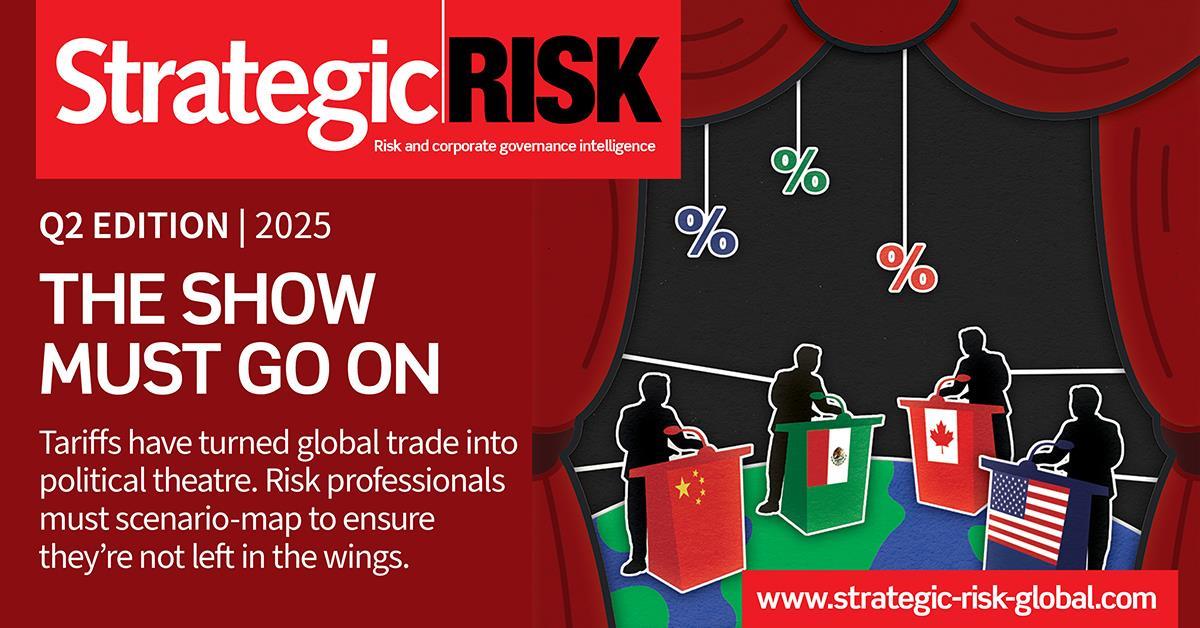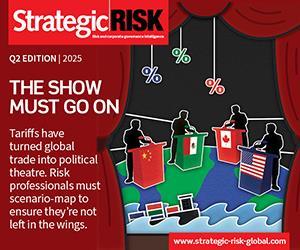Two-thirds of insurance chief executives cite tax concerns as a risk to growth prospects

Insurers around the world are feeling the pressure of new tax compliance demands, with 64% of insurance chief executives regarding this burden as a threat to growth prospects, a PwC report has revealed.
Reputational and non-compliance risks associated with how companies manage their tax affairs means that boards are taking a much closer and more active interest in tax policies and how the tax landscape is set to evolve.
Executives increasingly expect tax teams to keep them up-to-date with tax policy developments, strategic options and potential risks.
Colin Graham, global insurance tax leader at PwC, said: “Tax has always been one of an insurer’s most significant expenses and a key challenge for insurers now is to continue to find growth while responding in a clear and thoughtful way to a much wider base of stakeholders than before, including not only tax authorities and governments, but also regulators, investors, non-governmental organisations, the media and the general public.”
The PwC report said that tax functions within insurance companies may find it difficult to cope with the challenges of adapting and having the agility required to deal with the constant change in the tax environment in addition to complimenting the way insurance is changing towards real-time pricing and customer-focused solutions.
A growing efficiency gap is emerging between tax processes and other financial systems within insurance companies.
PwC said that while insurers generally recognised the need for change in their tax functions, most were still at the early stages of transition.
Graham said: “As companies focus on maximising return on equity and managing capital under new solvency regimes, the value that can be created by tax professionals is becoming increasingly recognised and highly prized.
“Insurers need to ensure their tax functions are reviewed and automated in order to allow tax teams to become closer to transactional activity and strategic conversations.”





















No comments yet